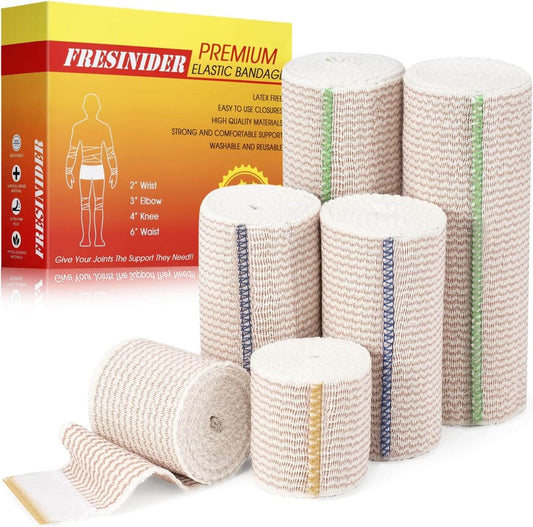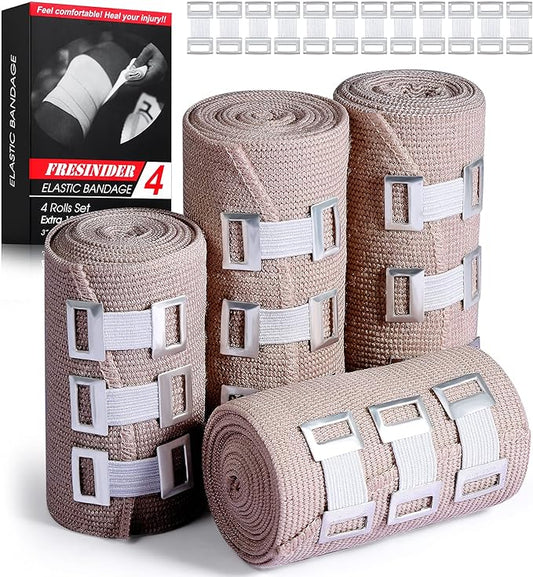Many moms are surprised to feel pain or tenderness years after their C-section. Even long after the incision heals, discomfort can sometimes return — a dull ache, a sharp sting, or a tight pulling sensation around the scar.
If you’re wondering “Why does my C-section scar hurt years later?”, you’re not alone. Let’s break down the most common reasons and what you can do to relieve that lingering pain safely.
1. How C-Section Scars Form
A Cesarean section involves cutting through multiple layers — skin, fat, fascia, muscle, and the uterine wall. Even when the skin heals on the outside, deeper tissues may continue to remodel for months or even years. This healing process can create fibrous scar tissue that feels tighter or less flexible than normal skin.
Over time, these changes can affect nearby nerves and muscles, leading to intermittent pain.
2. Why C-Section Scars Can Hurt Years Later
A. Nerve Damage or Nerve Regrowth
During surgery, small nerves in the lower abdomen may be cut or stretched. As they regenerate, abnormal nerve signals can cause sensations like:
- Tingling or burning
- Sharp, shooting pain
- Numbness or sensitivity
This type of neuropathic pain can persist for months or even years after surgery.
B. Scar Tissue and Adhesions
As scar tissue forms, it can bind layers of tissue together that should move freely — for example, between your abdominal wall and internal organs. These adhesions can cause:
- Pulling or tightness when bending or standing
- Deep pelvic pain
- Discomfort during exercise or even intercourse
A prospective study published in Archives of Gynecology and Obstetrics found that about 58.5% of women developed intra-abdominal adhesions after a C-section (DOI: 10.1007/s00404-016-4221-8).
C. Mechanical Tension on the Scar
Even years later, abdominal movement and posture changes can place mechanical stress on the scar. This constant tension may irritate the underlying tissue or nerves, leading to recurring discomfort.
D. Hormonal or Tissue Changes
Fluctuations in hormones, such as during another pregnancy or perimenopause, can make scar tissue feel tighter or more sensitive. Weight changes may also stretch or compress the area.
3. When to See a Doctor
You should seek medical advice if you notice:
- Redness, swelling, or discharge
- A lump or hardening under the scar
- Sharp pain that worsens with movement
- Pain interfering with your daily activities
Persistent pain can sometimes indicate nerve entrapment, infection, or severe adhesions that may require medical treatment.
4. How to Relieve C-Section Scar Pain
A. Gentle Massage & Mobility Work
Once your incision is fully healed (usually after 6–8 weeks), gentle massage or scar mobilization can help break down adhesions and restore flexibility. Try light circular movements or stretching the skin in different directions — always stop if it’s painful.
B. Physical Therapy
A pelvic floor or postpartum physical therapist can perform myofascial release or visceral manipulation to loosen deeper adhesions. They can also help retrain your core muscles to improve posture and reduce tension on the scar.
C. Silicone Scar Sheets: A Clinically Proven Option
One of the most effective, non-invasive ways to soften scar tissue and reduce tightness is medical-grade silicone therapy.
Silicone sheets help by:
- Maintaining hydration in the scar area
- Reducing surface tension and friction
- Softening and flattening raised tissue over time
- Calming redness and itchiness
Dermatologists and surgeons often call silicone the gold standard for scar management.
👉 For example, Fresinider Silicone Scar Roll Sheets are flexible, breathable, and easy to cut — perfect for the long, horizontal shape of a C-section scar.
💡 To better understand how silicone scar sheets support healing, explore our detailed guide on the science behind silicone scar sheets.
FRESINIDER Silicone Scar Sheets
- Medical-grade silicone — soft, breathable, skin-friendly
- Cut-to-fit & reusable — comfortable under clothing, even overnight
- Helps soften, flatten, and reduce redness & itch over time
- Ideal for C-section & surgery scars; easy daily care at home
Comfort-first scar care trusted by moms & post-surgery users.
For best results:
- Start once the incision is fully healed
- Wear 8–24 hours a day
- Continue consistently for 8–12 weeks
D. Other Ways to Support Recovery
- Avoid friction: Choose soft waistbands and loose clothing.
- Stay active: Gentle stretching or yoga helps prevent stiffness.
- Hydrate & nourish: Vitamin C, zinc, and protein support collagen repair.
- Manage inflammation: Anti-inflammatory diets or supplements can reduce scar irritation.
5. Will the Pain Ever Go Away?
In most cases, yes. With consistent care and proper management, C-section scar pain usually decreases over time. Even if your scar is several years old, it’s not too late to make a difference — scar tissue remains responsive to gentle treatment and silicone therapy.
6. Key Takeaways
- ✅ C-section scars can hurt years later due to nerve regrowth, adhesions, or tissue tension.
- ✅ Massage, physical therapy, and silicone scar sheets are safe, evidence-based ways to relieve discomfort.
- ✅ Stay patient and consistent — scar tissue can improve even years after surgery.
Conclusion
C-section scars are a mark of strength — but they shouldn’t continue to cause pain. By understanding the root causes and taking small, consistent steps like using silicone scar sheets and gentle mobilization, you can restore comfort and confidence.
👉 Learn more about postpartum scar care and explore Fresinider’s full line of silicone scar treatment products.





